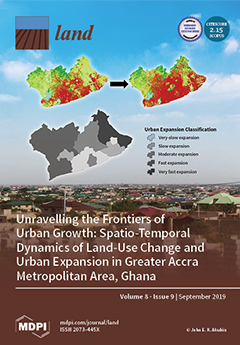Evaluating Anthropogenic Risk of Grassland and Forest Habitat Degradation using Land-Cover Data
The effects of landscape context on habitat quality are receiving increased attention in conservation biology. The objective of this research is to demonstrate a landscape-level approach to mapping and evaluating the anthropogenic risks of grassland and forest habitat degradation by examining habitat context as defined by intensive anthropogenic land uses at multiple spatial scales.








